Platform for Interactions of Macromolecules
Equipment
Study of the thermal stability of proteins and complexes
M. NICAISE-AUMONT – M. NOIRAY – A. KALUBI

Auto PEAQ DSC and VP-DSC (Malvern): measurements of the stability of proteins and protein complexes, formulation assistance. Technique for determining various thermodynamic parameters (Tonset, Tm, deltaHcal, deltaHvh).
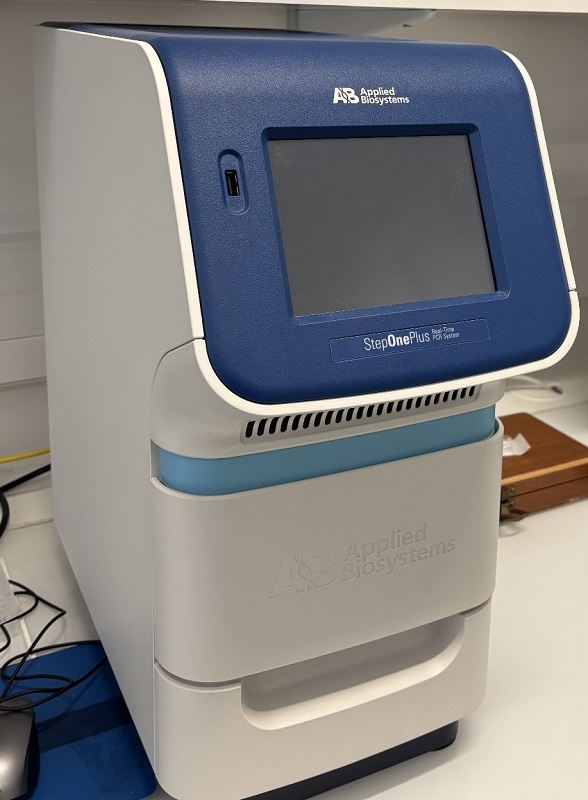
StepOnePlus: determination of protein thermal denaturation by measuring the fluorescence variation of SYPRO orange.

Tycho NT.6 (NanoTemper): used in protein quality control: determination of protein thermal denaturation followed by intrinsic fluorescence variation (tryptophan and tyrosine).
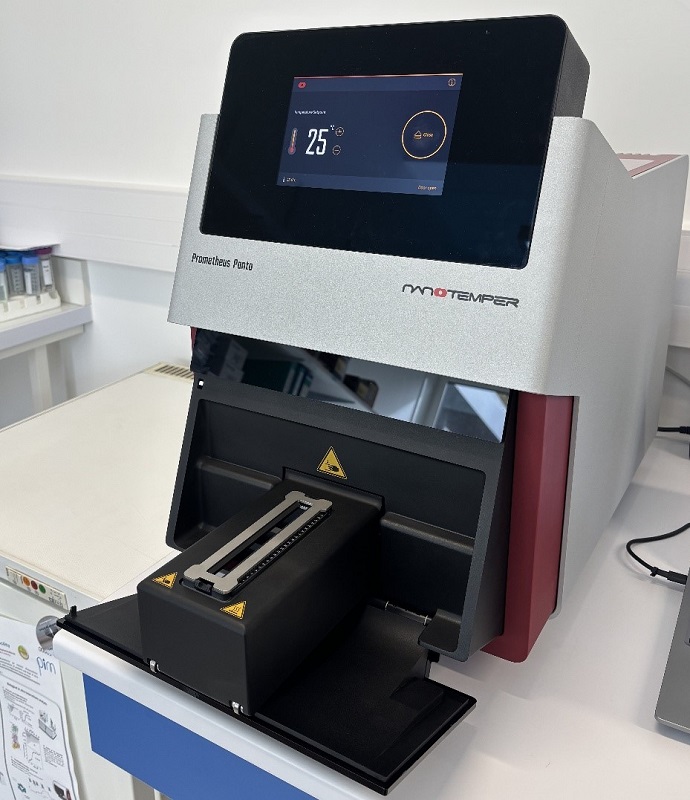
Prometheus PANTA (NanoTemper): enables the characterization of proteins undergoing thermal denaturation (DSF) as well as the monitoring of their size through combined turbidity and DLS measurements.
Characterisation of macromolecular interactions
M. NICAISE-AUMONT – M. NOIRAY – A. KALUBI

PEAQ-ITC; ITC200 and VP-ITC (Malvern): measurements of protein-protein, protein-DNA, and protein-ligand interactions to determine interaction parameters (stoichiometry, KD, deltaH).
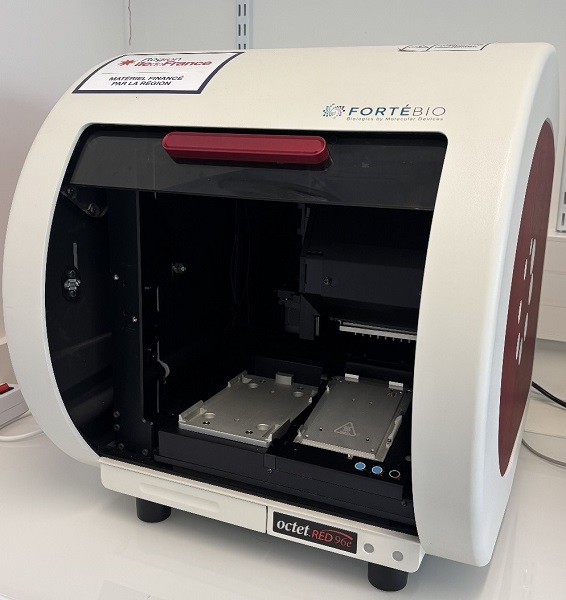
BLI (Octet Red96 – Sartorius): BLI (Bio Layer Interferometry) is an optical technique used to measure macromolecular interactions by analyzing the interference of white light reflected from the surface of a biosensor on which one of the partners is immobilized. BLI experiments can be used to determine the kinetic parameters of the interaction (Kon and Koff) and affinity (KD).
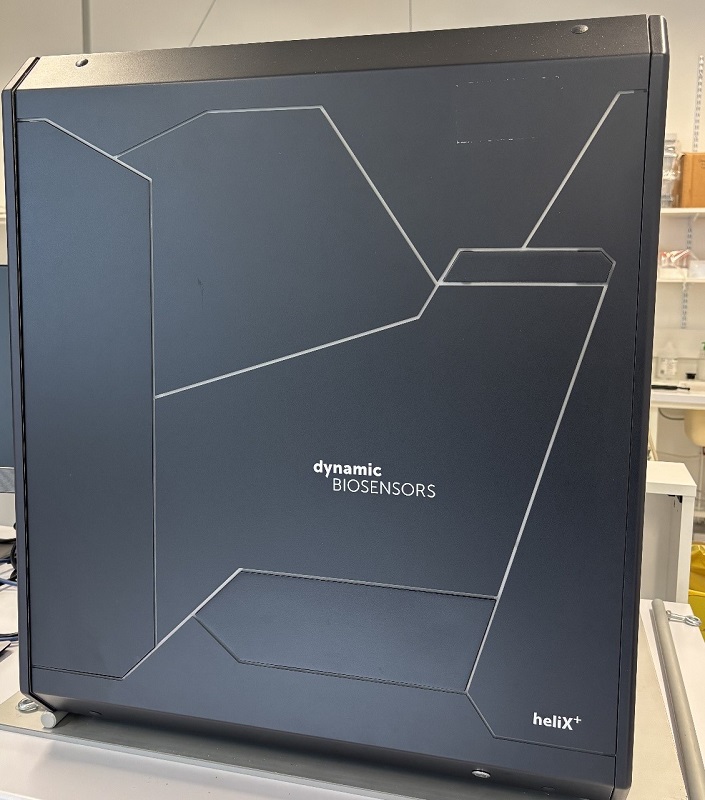
HeliX (Dynamic Biosensors): switchSENSE® technology based on DNA nanolevers that can be electrically activated to oscillate at high frequencies. Measurements of interactions between molecules (protein/DNA, protein/protein) to determine the kinetic parameters of the interaction (Kon and Koff) and calculate the KD. Measurements of the size/conformation (DH) of a protein or macromolecular complex.
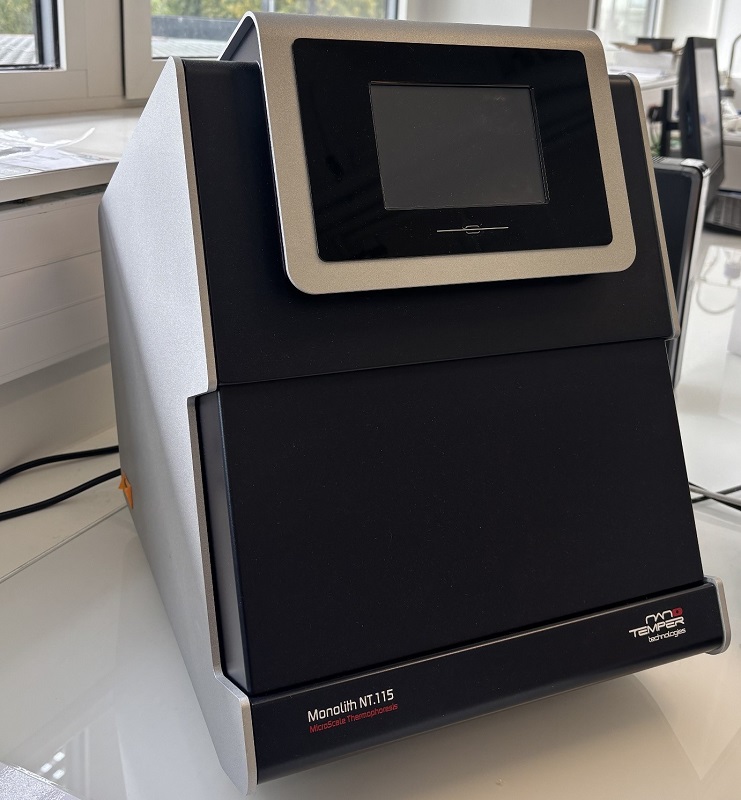
MST Monolith NT.115 (NanoTemper): interaction measurements providing information on affinity constants (KD), with small sample quantities, for a range of affinities between nM and mM. One of the partners must be labeled with a fluorophore (such as Alexa488).
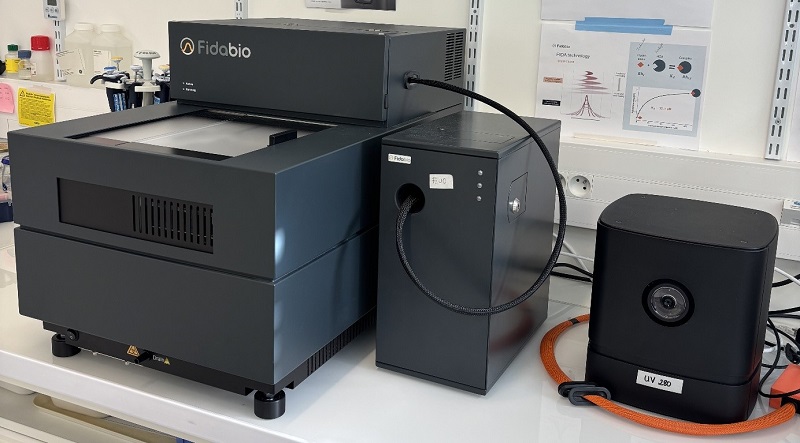
FIDA (Fida Biosystems): FIDA technology uses fluorescence detection of Taylor dispersion (TDA) systems in capillaries. Measuring the diffusion coefficients of species in solution using taylorgrams makes it possible to calculate the size of biomolecules by accurately determining their hydrodynamic radius (Rh). It is then possible to characterize biomolecular interactions based on the size of the complexes formed.
Biophysical characterisation of proteins and complexes
M. NOIRAY – S. PLANCQUEEL

SEC-RALS-LALS (OMNISEC – Malvern): determination of the molar mass and stoichiometry of protein complexes, protein/detergent, protein/nucleic acid, protein/glycosylation.

Mass Photometry (Refeyn): measures light scattering of single particles as they adsorb onto a glass microscope slide, and is used to rapidly determine mass, oligomeric state, and heterogeneity of a wide range of macromolecules and their complexes in solution, under equilibrium conditions and without the need for labels.

UCA, Optima XL-I, and Fluorescence Detector (Beckman): determination of biophysical parameters (sedimentation coefficient, molar mass), dissociation constants (for Kd values between pM and mM), stoichiometry, and aggregation rate.
All the equipments are accessible after training by the facility engineers.
Rates
Our prices are visible on the website GIPSI.
